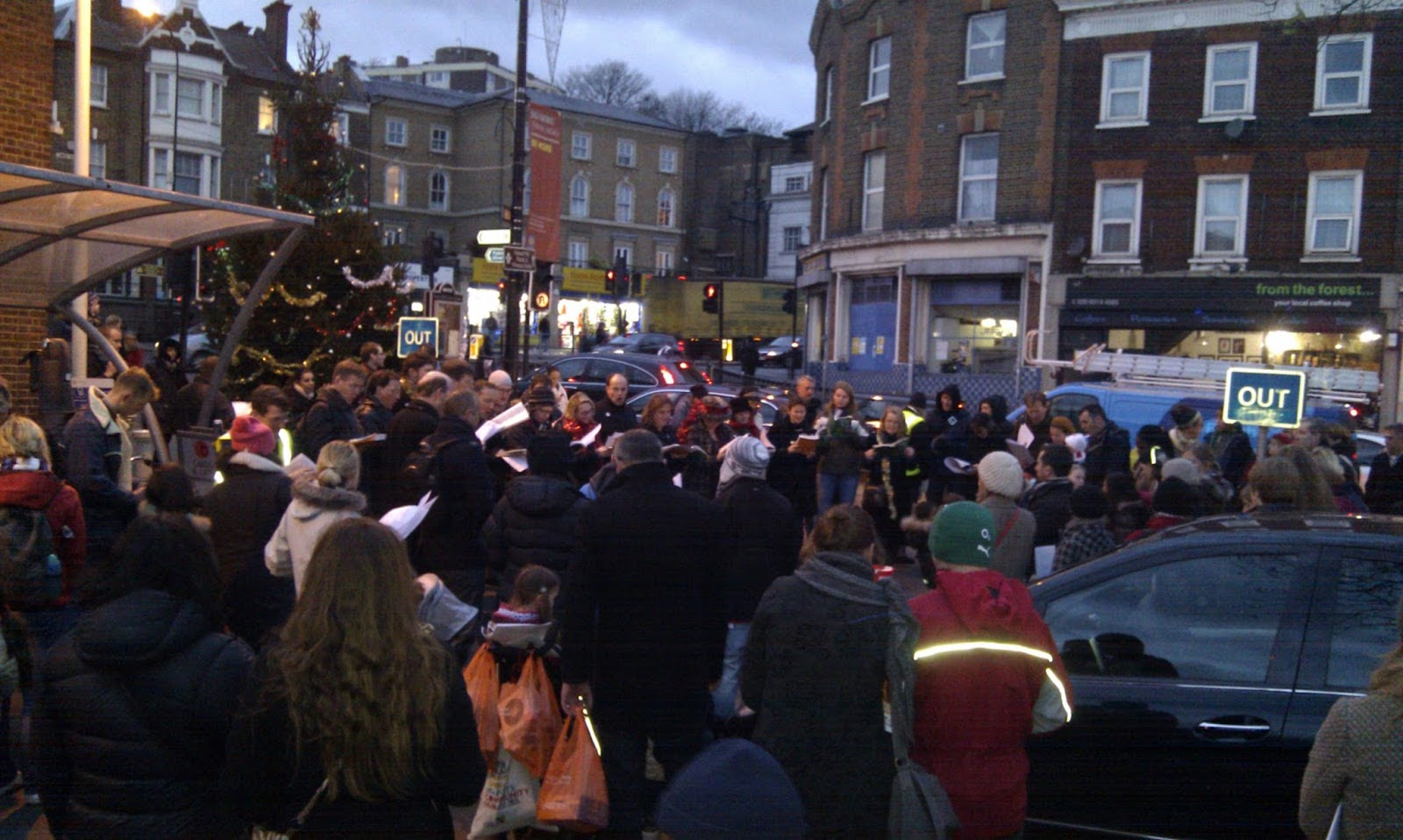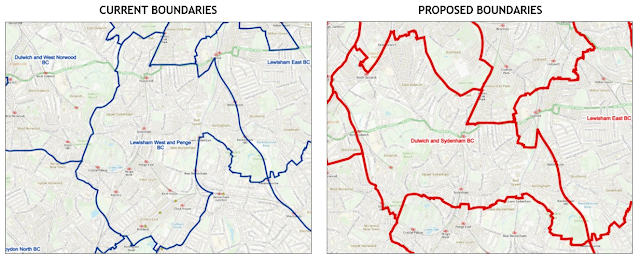By Gary Thornton
In January 1906, a rather unremarkable boat left Kingston, Jamaica, bound for Bristol. Its passengers included the dozen or so members of the Kingston Choral Union, a local choir who specialised in spiritual, traditional and religious music. The singers were due to appear at an exhibition of ‘Colonial Products’ in Liverpool later that month, billed as a ‘Native Choir from Jamaica’, followed by performances in Swansea, Worthing, Whitby, Bridlington and Wrexham. Such was their success that the ‘Jamaica Choir’, as they became known, returned in 1908 for a further tour.
One of the two tenors in that 1906 choir was Louis Drysdale (‘Dri’), a carpenter’s son from Kingston. With the encouragement of the exhibition’s founder, ship-owner Sir Alfred Lewis Jones, he remained in England after the tour, studying at the Royal College of Music, where he trained under Gustave Garcia, one of the influential family of singers who had shaped 19th century Italian bel canto, and whose members included some of the finest singers of their generations, who had variously performed in premieres of operas by such as Rossini, Verdi, Donizetti and Bellini.

Drysdale’s ambition though was not to perform, but to become a vocal tutor, training opera and concert singers in the art of bel canto, the tradition he had inherited directly from the lessons of Garcia. Working initially as a tailor to support himself, he began to attract more and more students and soon established himself as a popular and accomplished teacher.
Dri had divorced his first wife in 1911, and when he remarried an English woman, herself a talented accompanist, the pair set up a studio at their home at 11 Westbourne Road (now Westbourne Drive). His reputation spread, and when in 1926 the American cabaret singer Florence Mills (at the time starring in Lew Leslie’s Blackbird revue) visited him for lessons, she was so impressed that she wrote to the editor of the New York Age, which in turn led to work from many other artists, eventually enabling him to set up further studios in central London and Margate.
During his lifetime, the ‘palatial’ studio setting at Westbourne Road became a haven for black singers and musicians, where the Drysdales welcomed and taught luminaries such as Paul Robeson — who spent many years in London during the 1920s and 30s — and Marian Anderson, the renowned contralto who would become the first African-American to perform at the New York Metropolitan. At a time when racial prejudice was often far too obviously on display, overseas visitors could be assured of a warm reception and accommodation for their stay in England.

In a few short years Drysdale — known affectionately as the ‘Professor’ — had become one of the most highly-regarded vocal tutors in Europe, a view shared by his close friend, the ground-breaking composer Samuel Coleridge-Taylor, as well as the many famous singers whose talents he had helped nurture and develop, and whose photographs and testimonials adorned the walls of his studio.
After a short illness, Louis died suddenly in 1933, aged only 49, and was buried in Ladywell cemetery, his missing grave and headstone most likely destroyed by stray bombs during WW2.
Long forgotten after his death, his story is recounted by the notable historian Jeffrey Green (
www.jeffreygreen.co.uk), author of Black Edwardians.
More information from Black People in Britain 1901-1914 and the Jamaica History website (
jamaica-history.weebly.com/).















